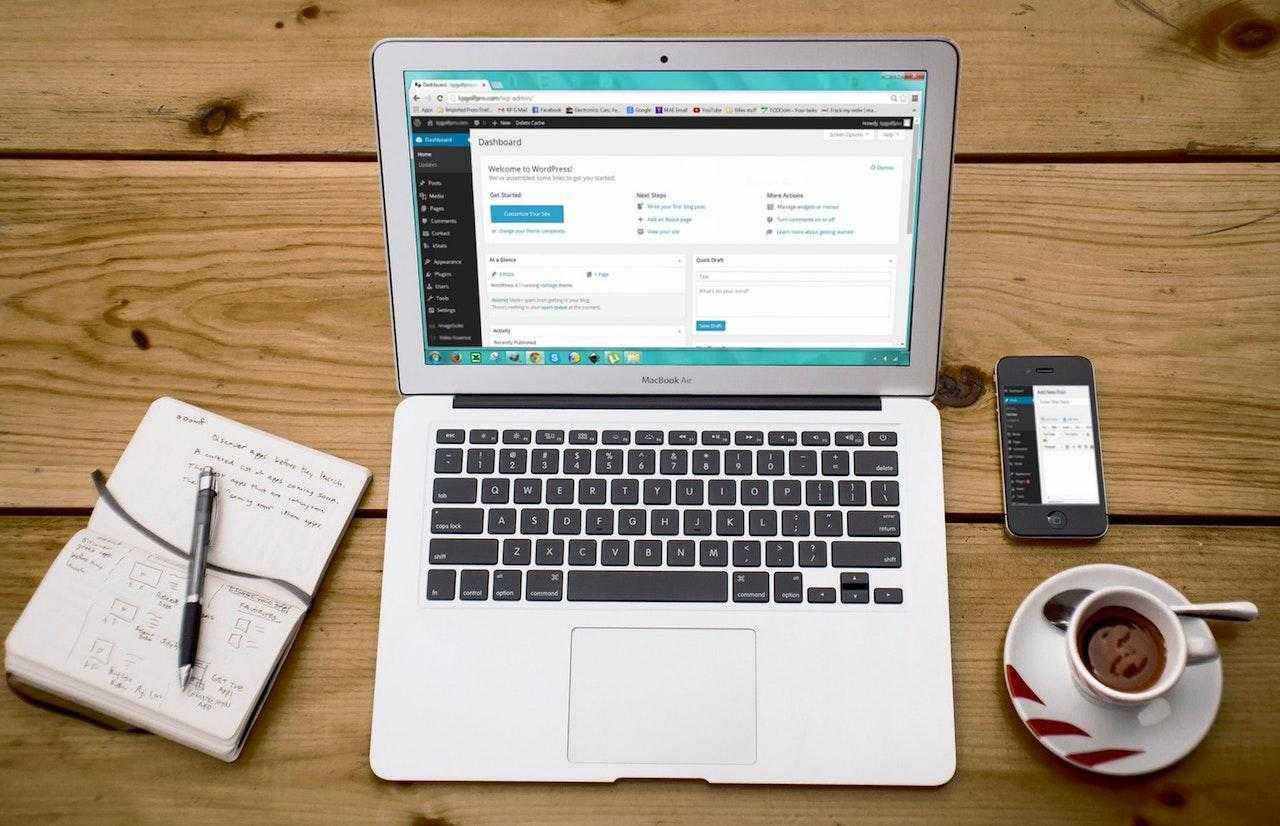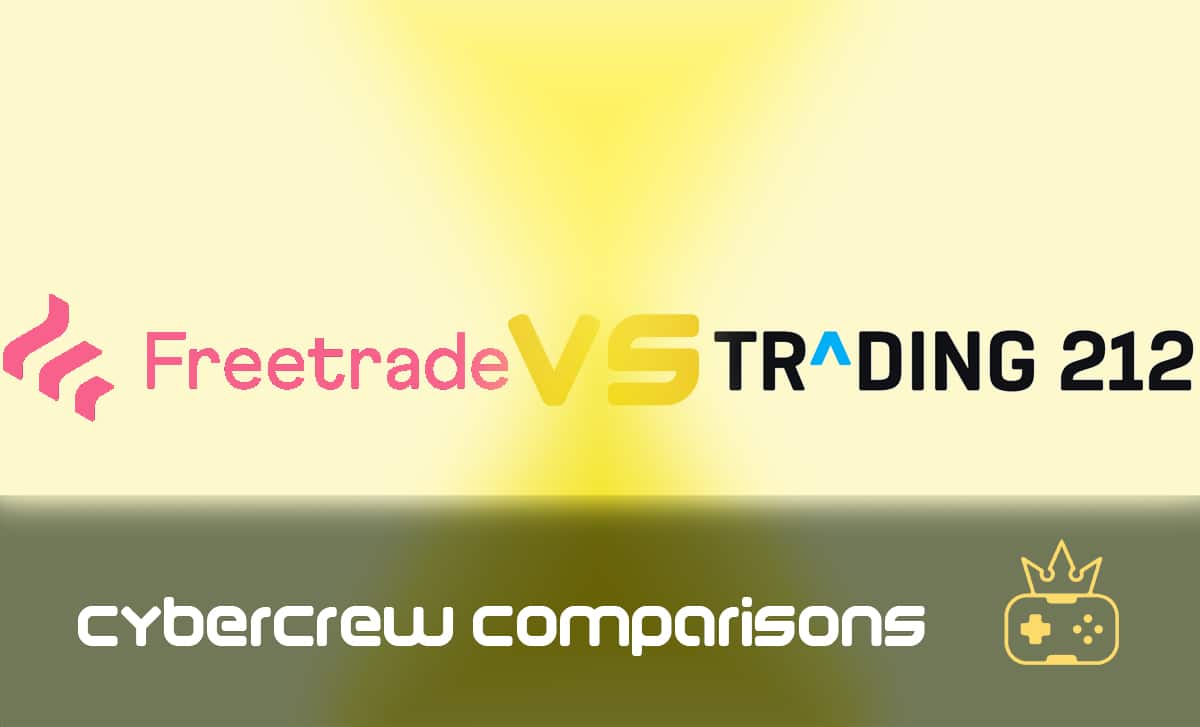What Is Leverage in Trading?
Last Updated: February 9, 2024
Leverage is a term that is often heard in the trading world, but what does it actually mean? In simple terms, leverage refers to using borrowed money to increase the potential return on investment. You can find different types of leveraged products in various markets, and more and more trading platforms offer these arrangements.
However, before deciding if leverage is right for you, it’s essential to understand the risks involved. In this article, we will explore what leverage is, the different types of leveraged products available and where you can find them, as well as the pros and cons of using leverage. So, let’s get started!
What Is Leverage and How Does it Work?
Leverage is a practice that allows traders to use debt to finance the purchase of an asset. The asset in question can be anything from property to crypto or stocks and bonds.
When you use leverage, you are essentially borrowing money from a lender to increase your investment. For example, let’s say you wanted to buy a piece of property worth £100,000 but only had £20,000 to your name. You could go to a bank and take out a loan for the remaining £80,000. The bank would then be your lender, and you would be using leverage to finance the purchase of the property.
Similarly, leveraged trading is dealing with borrowed capital from your broker with the purpose of magnifying your buying power. When a broker gives you a leverage ratio, you can amplify your winnings depending on the multiplier you agreed to — it’s a way to scoop up more assets than you would have with your initial investment.
Brokers provide leverage at a cost based on how much funds you intend to use. What’s more, a broker will impose fees for each day you have a leveraged position open.
What Is Margin in Trading?
When you trade on margin, you use leverage to increase your investment. In other words, you’re using the third party’s money (in this case, your broker’s), alongside yours, to place a new trade. So, you’re essentially going into depth, hoping to make a profit with borrowed money.
Moreover, brokers allow these trade executions partially because of the minimum risk involved. In other words, margin-based leverage is risky for traders, whereas brokers could earn cash even if you lose all your funds.
Take a look at this from another angle. If you want to buy an asset worth £1000 on margin, you could borrow, for example, 50% of the purchase price from your broker. That being the case, you only need to have £500 in your account to make the trade.
Now, both you and your broker could make a profit if the market moves in your favour. That would be an example of an ideal outcome. However, if you lose the position, you will lose the funds invested in this particular trade.
To rub more salt into the wound, the broker will then ask you to cover the margin calls, meaning you would lose more money than you’ve invested in the first place. In this scenario, that would be an additional £500.
Trading Derivatives
Derivatives are financial products that derive their value from an underlying asset. Some examples of derivatives include options, futures, and swaps.
Derivatives can be used to increase or decrease your exposure to the market. For example, if you think the stock market will rise, you could buy a call option that would give you the right to buy shares at a set price.
If the stock market does indeed rise, your option will increase in value, and you could make a profit. However, if the stock market falls, your option will lose value, and you could incur a loss.
Still, derivatives are complex financial instruments and can be difficult to value. Additionally, derivatives are often leveraged products, meaning that a slight movement in the underlying asset can result in a considerable loss or gain. So make sure you understand the dangers before trading derivatives and, if necessary, seek assistance from a financial expert.
What Is Leverage in Forex Trading?
Some traders use Forex leverage to magnify their profits. For example, if you’ve deposited £100 into your Forex account and used the leverage of 50:01, your trading power would increase to £5000. More importantly, this means that for every £1 you lose on a trade, you will lose £5. However, it’s noteworthy that for every £1 you make on a trade, you will only make £1.
As you can see, leverage in forex trading can be a powerful tool, but it should be used with caution. When used correctly, leverage can lead to profits, but it can also lead to significant losses if you aren’t careful. Experienced traders can magnify their profits, sometimes even up to 400%, but they can also end up selling their properties to pay off their leverage-related debts.
What Is a Leverage Ratio in Trading?
A leverage ratio is a measurement that indicates how much debt is being used to finance an investment. For example, if you decide to go for a leverage ratio of two, there are two pounds of debt for every pound of equity. Leverage ratios can be either high or low, and each has its own set of risks and rewards.
Here are some common examples of leverage ratios:
| Leverage factor (ratio) | Buying power |
| 1:10 | For each £1 you have £10 |
| 1:20 | For each £1 you have £20 |
| 1:30 | For each £1 you have £30 |
| 1:50 | For each £1 you have £50 |
| 1:100 | For each £1 you have £100 |
| 1:400 | For each £1 you have £400 |
A higher leverage ratio indicates that a company uses a lot of debt to finance its operations. This practice can be risky in most cases, as the company may not have enough cash flow to cover its interest payments. Conversely, a low leverage ratio means that a company uses less debt and has more equity. As expected, this can be seen as a sign of financial stability, as the company is less likely to default on its debt payments.
Types of Leveraged Products in Trading
Leveraged products are financial instruments that allow investors to trade on margin or borrow money from a broker to increase their investment. There are various leveraged products available, including options, futures, swaps, and CFDs.
- Options
An option is a contract that gives the holder the right, but not the obligation, to buy or sell an asset at a set price. These contracts are usually linked to underlying assets, including stocks, bonds, currencies, and commodities.
- Futures
A future is a contract that obliges the holder to buy or sell an asset at a set price on a set date. Investors often use futures as a way to hedge against losses in the underlying asset. For example, if you think the stock market is going to fall, you could buy a stock future, which would oblige you to buy shares at a lower price, allowing you to make extra money.
- Swaps
A swap is an agreement between two parties to exchange cash flows over a set period of time. Swaps allow you to borrow at a lower cost and correct the potential asset-liability mismatch.
- CFDs
A CFD, or Contract for Difference, is a contract between two parties that allows them to exchange the difference in the price of an asset from one day to the next. These contracts are attractive to day traders, but dealing with them can be risky due to the lack of regulation.
These are some of the most popular types of leveraged products available to investors. Still, if you’re a first-time trader, it would be best to avoid CFDs overall because of the high risk involved.
What Is Leverage in Crypto Trading?
Cryptocurrency leverage trading is when a trader takes a position on an underlying asset without actually owning the asset. So, for example, if you think the price of Bitcoin is going to rise, you could buy a CFD on Bitcoin, which would allow you to exchange the difference in the price of Bitcoin from one day to the next.
Moreover, leverage crypto trading is a high-risk, high-reward strategy that should only be used by experienced traders. That being said, even some seasoned pros avoid leveraging due to the inherent risks involved.
Trading Platforms That Offer Leverage
If you’re interested in trading with leverage, a few online platforms can offer you this service. However, it’s important to remember that leverage is a double-edged sword and can lead to large losses as well as profits.
- eToro
eToro is a social trading platform that allows traders to buy and sell CFDs on diverse underlying assets, including cryptocurrencies. eToro offers maximum leverage of 1:30 for major currency pairs, which means that investors can trade crypto with up to 30 times the value of their initial investment.
- Plus500
If you’re looking for an online broker that allows you to leverage stocks or cryptocurrencies, then Plus500 is worth checking out. The company offers 1:30 leverage, allowing traders to increase the buying power for Forex CDFs. For those interested in trading shares CFDs, Plus500 offers leverage of 1:5.
- AvaTrade
AvaTrade is a broker for serious players, as it offers the leverage maximum of up to 400:1 on some Forex pairs. However, traders with accounts held within the European Union can only use the leverage ratio of 30:1. Since the UK is no longer a part of the EU, AvaTrade might be a good stop for you, but only if you have experience using leverage.
- Capital.com
Capital.com is an innovative CFD trading platform and a proud honoree of numerous awards for providing an excellent trading experience. With a leverage of up to 30:1 on some currency pairs, this company definitely has something special going forward.
As you can see, many platforms offer leveraged trading. In addition, each of these platforms offers a variety of leveraged products, so make sure you do your research before signing up. Furthermore, don’t forget to read the terms and conditions carefully before making any decisions.
Leverage Pros and Cons
Leverage can be an excellent tool for investors, but only if used correctly. As with anything, there are both pros and cons to using leverage so let’s see whether the odds are in your favour.
Some of the benefits of leverage include:
- Trading with more money than you have in your account
- Making larger profits than if you were trading without leverage
- The ability to trade on margin, which can increase your return
Although leverage seems to offer many benefits, it could do more harm than good in most cases.
Some of the cons associated with leverage are:
- The potential to lose more money than you have invested
- The possibility of being called away from your trade prematurely
- The risk of slippage, which can increase your losses
When You Might Want to Use Leverage
If you’re an experienced trader with a solid risk management strategy, leverage could bring you significant profits. On the other hand, if you’re new to trading or don’t have a robust risk management strategy, it’s best to stick to your current options.
Risks of Excessive Real Leverage in Trading
Leverage can lead to losses, so always be cautious when using it. When you trade with too much leverage, your losses will also be amplified. For instance, if you lose 50% of your investment when trading with a 100:0 leverage, you will lose all of your money (because you’re using someone else’s money to trade).
Therefore, it’s essential only to use as much leverage as you feel comfortable with and always be aware of the risks involved.
Wrap Up
Trading can be risky. Every trader should be familiar with that.
But with the right tools, you can minimise those risks and make a profit along the way. If used correctly, leverage could be one of those tools. It allows you to trade more contracts and make more money on a winning trade. However, it could also prove fatal and even cause you to go bankrupt.
So, whether you’re a seasoned pro or a first-timer, we hope this article has shown you the importance of being cautious when trying leveraged trading. After all, it’s always a good choice to stick to your current strategy before gaining confidence in getting someone else’s money involved in your trading practices.
FAQ
Leveraged trading allows traders to take on a better opportunity without paying the full purchase price. It’s a way of borrowing money, usually from a broker, to make greater returns.
If you’re new to trading, it’s advisable to go for low leverage before trying your luck with riskier opportunities. For example, 1:2-1:10 leverage could help you make extra money, but keep in mind that you could still lose your deposits if not careful.
Traders use leverage to deal with larger positions. In this scenario, x20 leverage means that for every £1 you have on your account, you can place a trade worth of up to £20.



![How to Sell on Depop in the UK [2024 Guide]](https://cybercrew.uk/wp-content/uploads/2023/06/Selling-on-Depop-UK.png)






